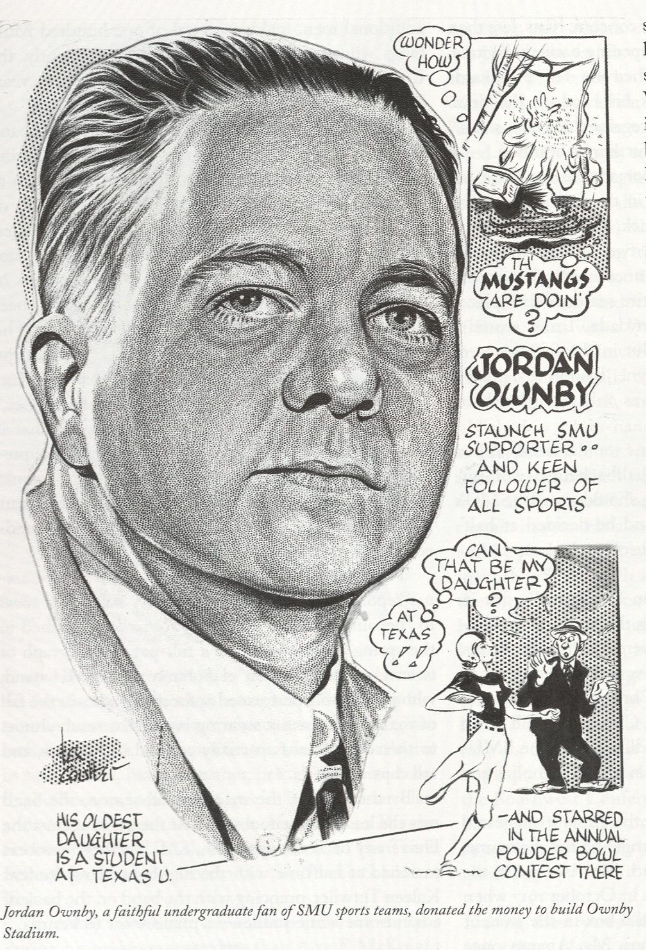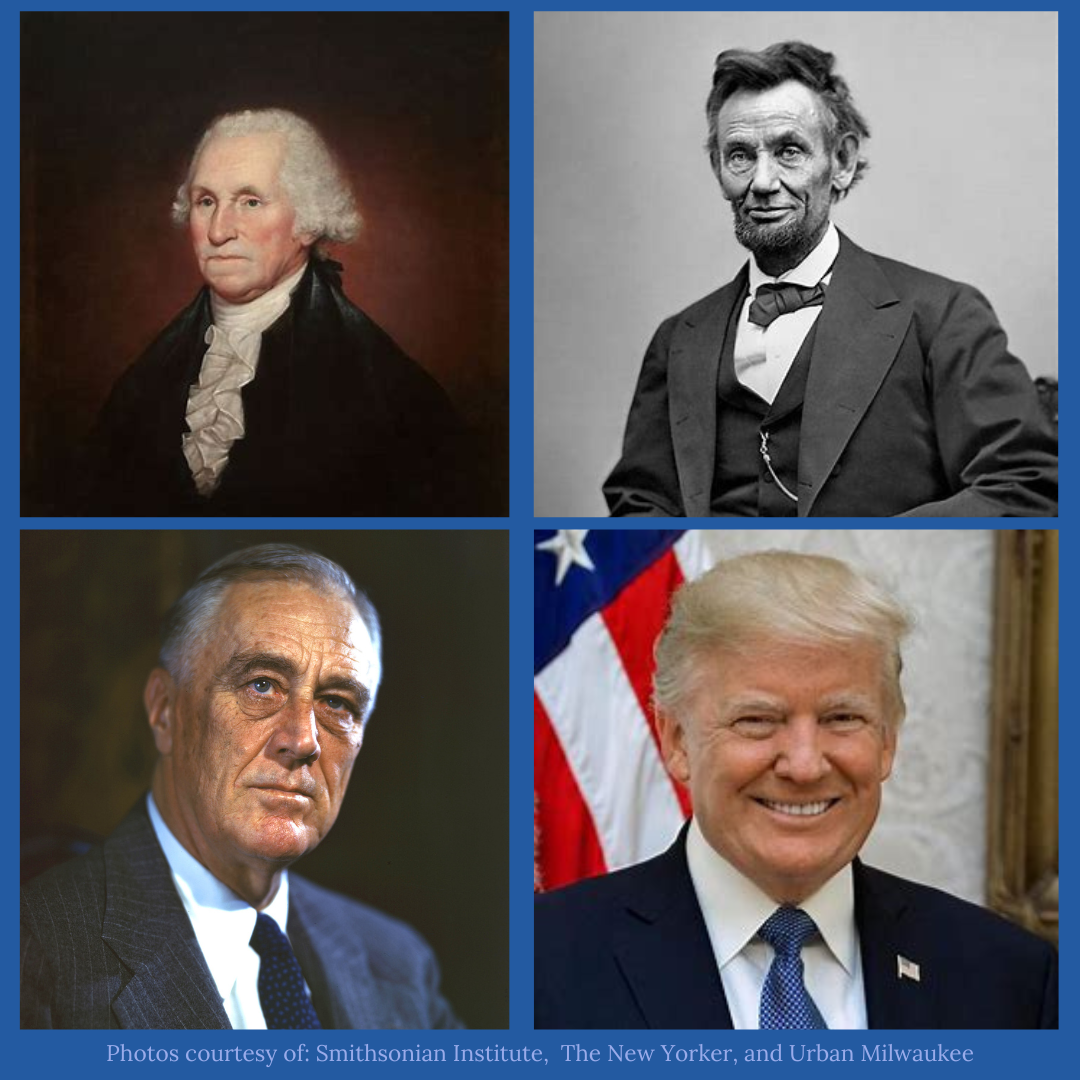By Charlene Hunter
I’ve been a fortunate witness to black history, as my parents were active in the Civil Rights Movement. My parents inspired me to be an advocate for the rights of all.
I’m reminded of their struggles and triumphs in watching the movie “Selma.” The film sparked memories about what my family and I encountered when growing up in Pensacola, Florida. I believe it has also opened the eyes of others. My parents, who held positions in the NAACP, were trailblazers in the integration of Pensacola Catholic High School. They worked tirelessly with other community leaders in integrating eating establishments and public transportation.
Conversations about “the struggle” are occurring everywhere — in homes, restaurants, and movie theaters. I hope that these conversations will continue. The younger generation needs to know that they stand on the shoulders of giants. Today, black Americans can vote, get a college education, be captains of industry; have many of their dreams realized. But it’s important to remember that these opportunities did not come overnight and did not come without the struggle of those who came before us.
In 1921, Texan Bessie Coleman became the first female African American pilot. It was a huge accomplishment considering Coleman, born in a tiny town in Northwest Texas, grew up picking cotton. She didn’t let her past hold her back. Instead, Coleman attended aviation school in France, and in 1921, obtained her pilot’s license. Nicknamed “Brave Bessie” because she liked to perform daredevil stunts, Coleman paved the way for other people of color to become pilots.
Ralph Bunche also reached new heights. In 1950, Mr. Bunche, in his 40s, became the first African American and person of color to win the Nobel Peace Prize. He earned the award for his successful peace-keeping and mediation efforts in the Arab-Israeli conflict which ended in 1949.
Paving the way for thousands to be educated was Heman Sweatt, who is considered responsible for the establishment of Texas State University for Negroes (later renamed Texas Southern University), a college for blacks that included a law school.
Hattie Mae White became the first black elected to public office in Texas since Reconstruction when she became a president of the PTA, and later, a member of the Houston School Board. White fought for desegregation and held public office for almost ten years before returning to teaching. She was 70 when she retired.
Houston educator-turned-politician Barbara Jordan also changed the landscape of politics. She grew up in Houston’s Fifth Ward, a predominantly African American community, attended Texas Southern University and Boston University School of Law. Jordan became the first African American elected to the Texas Senate since 1883. In 1973, she became the first African American woman from a Southern state to serve in Congress.
The notable accomplishments of these individuals would not have been realized without their belief that it is possible to change the course of their lives and course of history. We at AARP are proud to join in the celebration of Black History Month.














